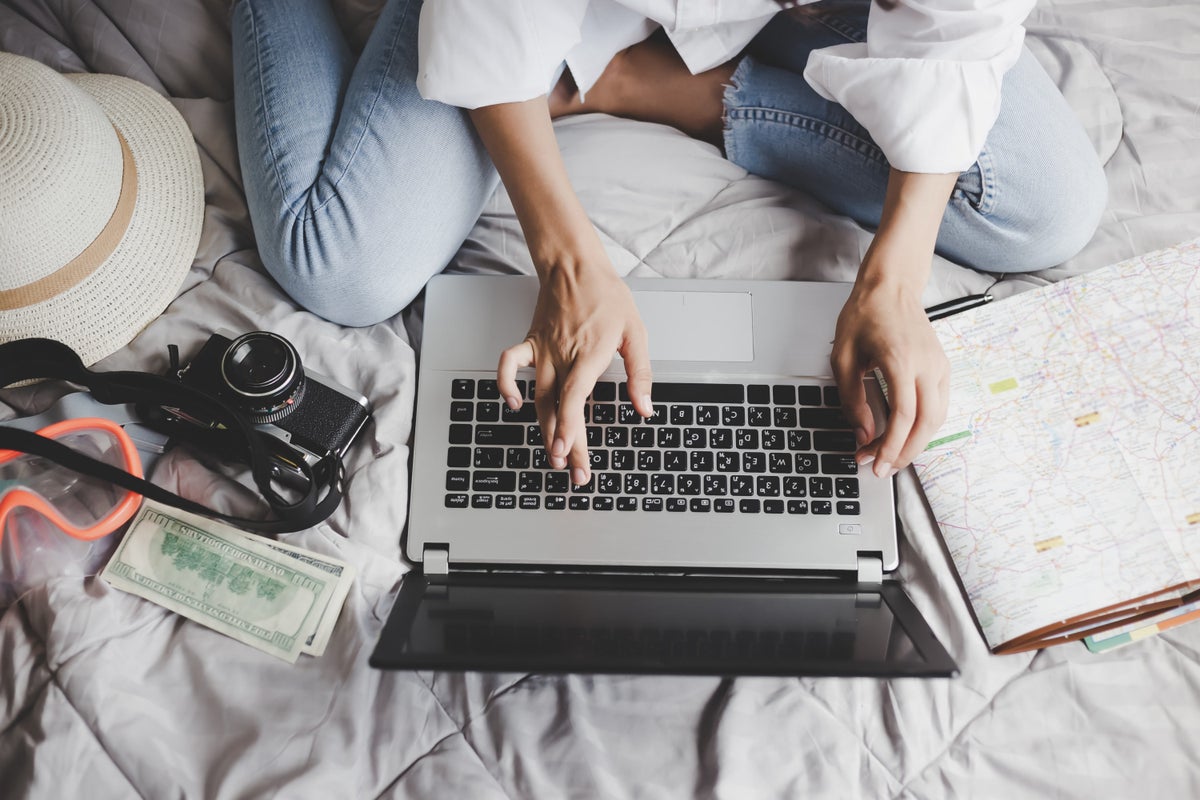Alex Miller
Alex Miller
Founder & CEO
304 Published Articles
Countries Visited: 34U.S. States Visited: 29
Founder and CEO of Upgraded Points, Alex is a leader in the industry and has earned and redeemed millions of points and miles. He frequently discusses the award travel industry with CNBC, Fox Business...
Edited by: Kellie Jez
Kellie Jez
Director of Operations & Compliance
6 Published Articles 1294 Edited Articles
Countries Visited: 10U.S. States Visited: 20
Kellie’s professional experience has led her to a deep passion for compliance, data reporting, and process improvement. Kellie’s learned the ins and outs of the points and miles world and leads UP’s c...
![How To Build and Start an Emergency Fund [Guide]](https://upgradedpoints.com/wp-content/uploads/2017/02/emergency-fund.jpeg?auto=webp&disable=upscale&width=1200)
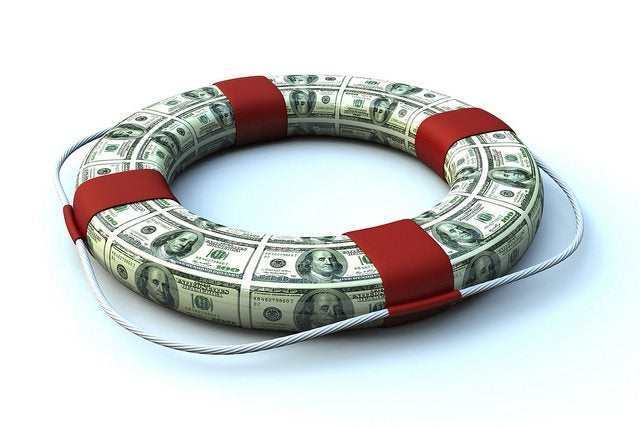
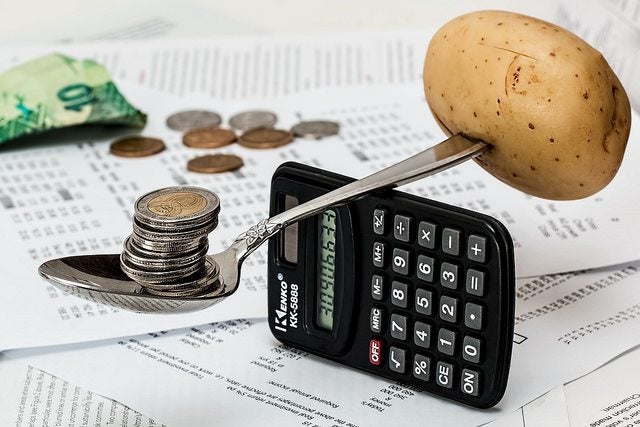
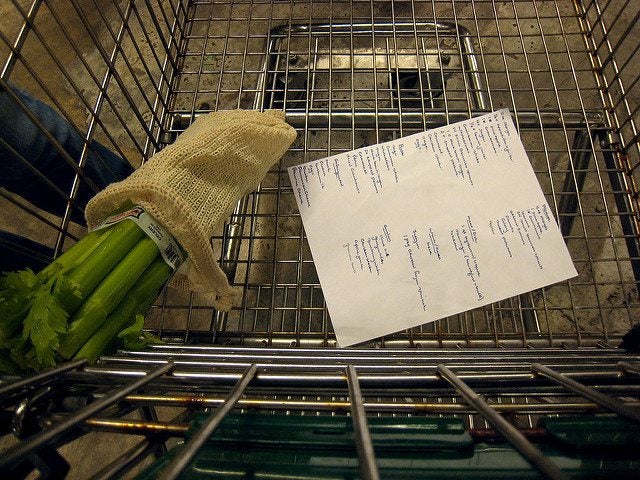
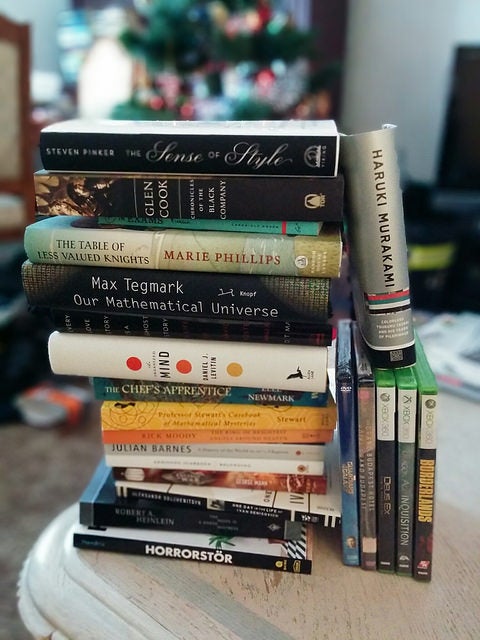
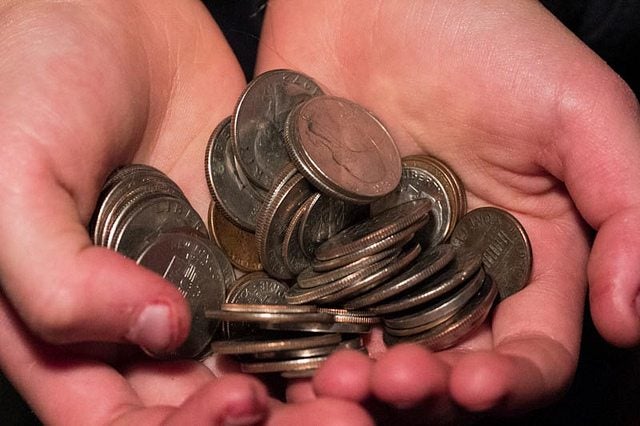
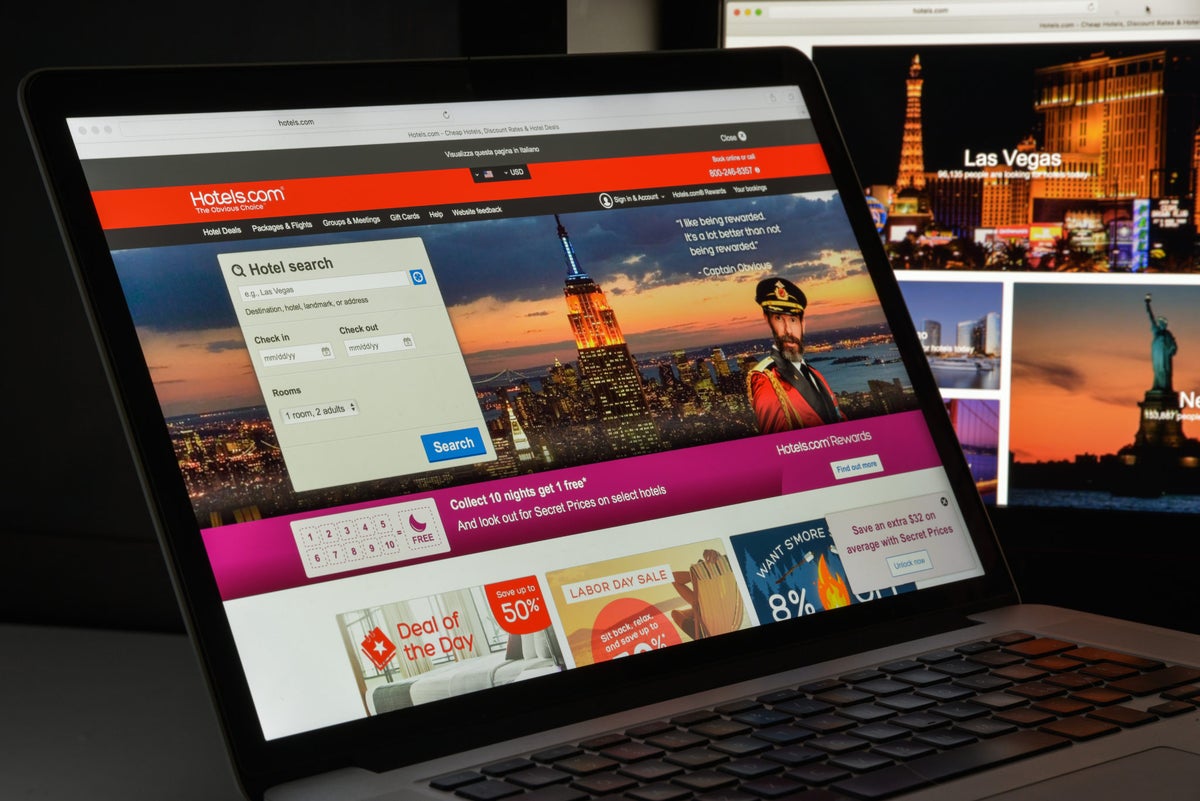
![The Ultimate Guide to Using Booking.com [Will You Save Money?]](https://upgradedpoints.com/wp-content/uploads/2020/08/Booking-com-brand-image.jpg?auto=webp&disable=upscale&width=1200)
![The 17 Best Websites for Booking Hotels at the Cheapest Prices [2025]](https://upgradedpoints.com/wp-content/uploads/2018/07/Woman-throwing-open-hotel-curtains.jpg?auto=webp&disable=upscale&width=1200)
